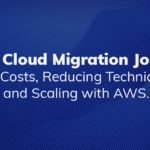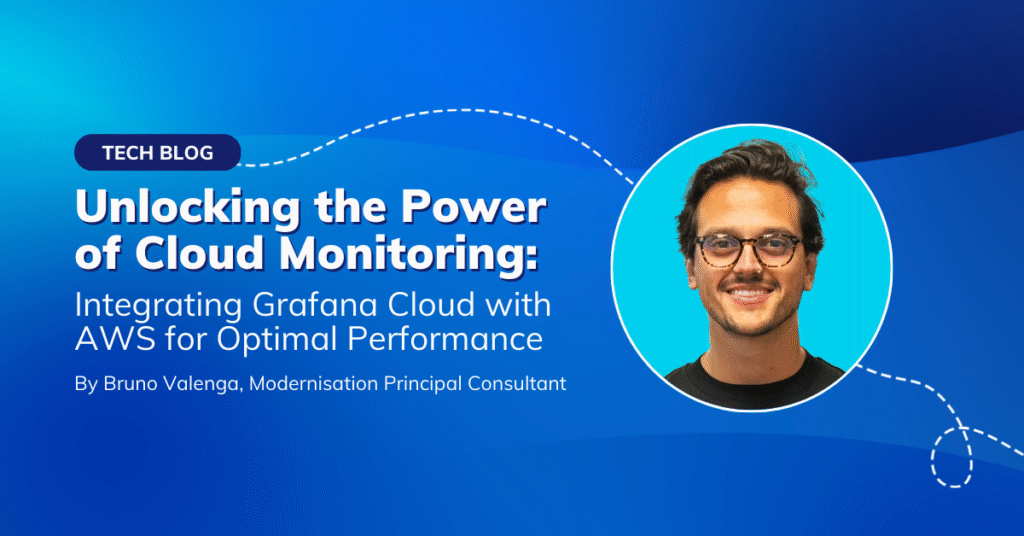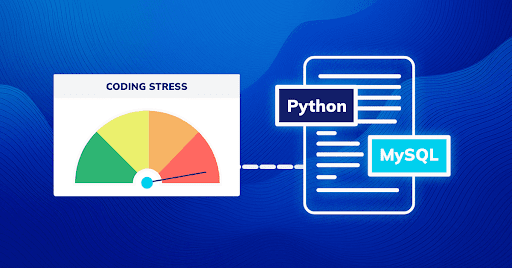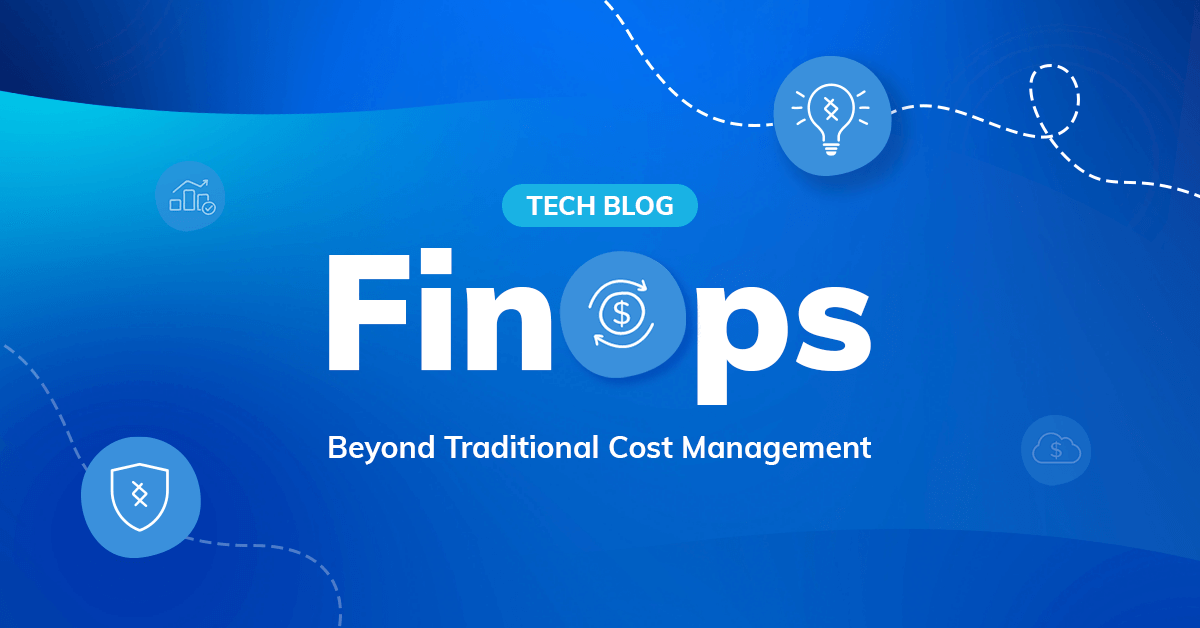
In today’s fast-paced digital environment, the cloud has become a cornerstone for business operations. But simply migrating to the cloud isn’t enough to unlock its full value. Many companies who make the move often experience unexpected cost overruns or “bill shock.” The solution to this challenge is modernisation, which transforms cloud usage into a powerful engine for cost efficiency, innovation, and business growth.
In this blog, we’ll explore how cloud modernisation strategies, including moving to containers, serverless architectures, open-source technologies, and managed analytics services, can help organisations achieve greater cost efficiency, operational agility, and business impact.
The Pitfalls of “Lift and Shift” Cloud Migrations
Many organisations initially approach cloud migration through a “lift and shift” strategy, where existing applications are transferred to the cloud without significant changes. While this may offer a quick win, it often leads to inflated cloud costs and fails to leverage the true potential of cloud-native services. In this model, applications are still running on infrastructure-heavy platforms like EC2, which, while powerful, are often over-provisioned, costly, and underutilised.
Cloud services, when used inefficiently, can lead to cost creep — the gradual increase in expenses due to lack of optimisation. Without addressing this, businesses may find themselves trapped in a cycle of growing cloud bills, with no clear return on investment.
Modernisation: A Path to Cost Efficiency
The key to unlocking the full value of cloud lies in modernisation. Modernisation doesn’t just involve moving to the cloud but strategically transforming how your organisation uses the cloud. By embracing modernisation pathways such as containers, serverless computing, open-source tools, and managed analytics, you can significantly reduce operating costs while boosting efficiency and innovation.
1. Containers: The First Step to Optimisation
Containers offer a lightweight and efficient way to deploy applications by abstracting the underlying infrastructure. Unlike traditional virtual machines (VMs), containers share the host system’s kernel, making them more resource-efficient and faster to deploy.
By moving workloads from EC2 instances to containerised environments like Amazon ECS or Kubernetes, organisations can reduce costs by maximising resource utilisation. Containers enable fine-grained control over scaling, reducing the need for over-provisioned infrastructure and ensuring that applications use only the resources they need at any given time.
In comparison to running applications on full EC2 instances, containers can reduce your cloud spend dramatically by optimising resource allocation, leading to lower compute costs.
2. Serverless: Pay Only for What You Use
Serverless computing, such as AWS Lambda, allows you to execute code without provisioning or managing servers. This means you only pay for the exact compute time consumed during the execution of your functions, and nothing more. In contrast to running code on EC2, where you are charged for the instance uptime, even during idle periods, serverless services allow you to cut down costs by eliminating idle infrastructure.
With serverless, scaling is automatic, and you avoid the common pitfalls of over-provisioning, which leads to unnecessary costs. For businesses looking to optimise their operational expenses (Opex), serverless is a critical component of the modernisation strategy. By running workloads with serverless services, you can drastically cut down on cloud expenditures while gaining the flexibility to scale up when needed without the financial penalty of maintaining a constant infrastructure footprint.
3. Open Source: Cost-Effective and Flexible Solutions
Adopting open-source software as part of your modernisation efforts allows your business to leverage robust, community-driven tools without the licensing costs associated with proprietary software. Open-source technologies, such as Kubernetes for orchestration or PostgreSQL for databases, provide powerful alternatives that can drastically reduce your overall cloud spend.
In the cloud, managed services for open-source technologies, such as Amazon RDS for PostgreSQL or Amazon EKS for Kubernetes, further simplify operations. These services allow you to avoid costly infrastructure maintenance while gaining the scalability and security of cloud-native solutions, all at a reduced cost compared to proprietary software.
By moving to open-source and managed solutions, organisations not only save on licensing fees but also benefit from a broad ecosystem of tools and plugins that enhance functionality and innovation at a fraction of the cost.
4. Managed Analytics: Insights Without the Overhead
Analytics is a vital part of any business operation, but maintaining large-scale analytics infrastructure can be costly. Modernisation through managed analytics services, like AWS Redshift or Amazon Athena, allows businesses to scale their data operations cost-effectively.
Managed analytics solutions offload the heavy lifting of infrastructure management, allowing your team to focus on deriving insights from data rather than worrying about servers and scaling issues. These solutions are typically more cost-effective than building and maintaining on-premise or EC2-based analytics infrastructure, as they allow you to pay only for the resources you use.
Cloud Modernisation: A Catalyst for Business Growth
While modernisation reduces cloud costs, the broader value it unlocks is far more significant. By freeing up operational budget through optimised cloud spending, your business can reinvest in innovation, driving the development of new products and services that fuel growth.
Reduced operational costs can be channelled into funding new projects, enabling faster go-to-market strategies and scaling initiatives. Modernising your cloud infrastructure provides the financial flexibility needed to stay competitive in today’s dynamic market, where agility and innovation are paramount.
Measuring Cloud Efficiency: Beyond Simple Cost Reduction
It’s essential to note that the goal of modernisation isn’t to reduce cloud spending indefinitely. In fact, as your organisation grows and scales its cloud presence, cloud costs may rise. The key is ensuring that these increased costs are tied to business revenue growth, without a linear correlation — meaning, a dollar increase in cloud spend should not simply translate to a dollar increase in revenue.
To manage this, organisations must focus on their Cloud Efficiency Rate (CER) — a metric that measures cloud spend against a business outcome, such as total revenue, customer orders completed, or shipments made. CER provides a clear picture of how efficiently your cloud resources are being used to generate business value. Easiest way to show this is (Revenue – Cloud Costs) / Revenue
For example, if your annual revenue is $50 million and your cloud spend is $5 million, your CER will indicate how much value each dollar of cloud spend generates in terms of revenue. In this case, the CER would be 0.9, indicating that 90% of the revenue is not attributed to cloud spending. By optimising your CER, you can ensure that your cloud investment delivers maximum business impact, even as overall cloud costs increase.
This metric aligns cloud costs with revenue; however, it does not account for cost of goods sold (COGS) and other factors. The minimum CER you should aim for is around 80%. A CER below this threshold suggests that you are overspending and need to modernise to achieve better returns. The ideal CER is 100%, indicating that you are spending approximately 1% of your revenue on cloud services.
However, it’s crucial to remember that CER should not be the sole metric used. You need a comprehensive view of your spending, including COGS, to determine your optimal CER. Now, let’s return to modernisation.
The Business Justification for Modernisation
Modernisation should always be tied to a strong business justification. While moving to containers, serverless, and managed analytics services can drastically reduce cloud costs, the decision to modernise should be grounded in clear business benefits, such as increased agility, improved customer experiences, and faster time to market.
For example, modernising a legacy application to run on a containerised platform may involve upfront investment, but the long-term cost savings and operational benefits far outweigh the initial expenses. By reducing maintenance overhead and enabling more efficient scaling, the modernised application can deliver improved performance at a lower cost, resulting in a stronger business case.
Similarly, adopting serverless architectures for customer-facing applications can reduce time to market for new features, enhance customer satisfaction, and ultimately drive revenue growth — all while maintaining lower operational costs.
Conclusion: Modernisation is Key to Unlocking Cloud Value
Cloud modernisation is not just about reducing costs — it’s about transforming how your organisation operates in the cloud to drive both efficiency and innovation. By leveraging containers, serverless, open-source technologies, and managed analytics, you can significantly reduce operational costs while unlocking the financial flexibility to fund future growth initiatives.
However, modernisation must always be tied to business outcomes. Measuring cloud efficiency through metrics like CER ensures that your cloud investment is delivering tangible business value, even as overall cloud spending increases.
Ultimately, modernisation allows businesses to not only optimise their cloud spending but also to invest strategically in the future, driving innovation, growth, and success in a competitive market.
Ready to unlock the full value of your cloud investment?
If your organisation is facing challenges with cloud costs or seeking ways to optimise your cloud usage, we’re here to help! Reach out to our team at DNX Solutions to discuss how our modernisation strategies can transform your cloud operations into a powerful engine for cost efficiency and growth. Let’s work together to enhance your cloud efficiency and drive innovation in your business.




















